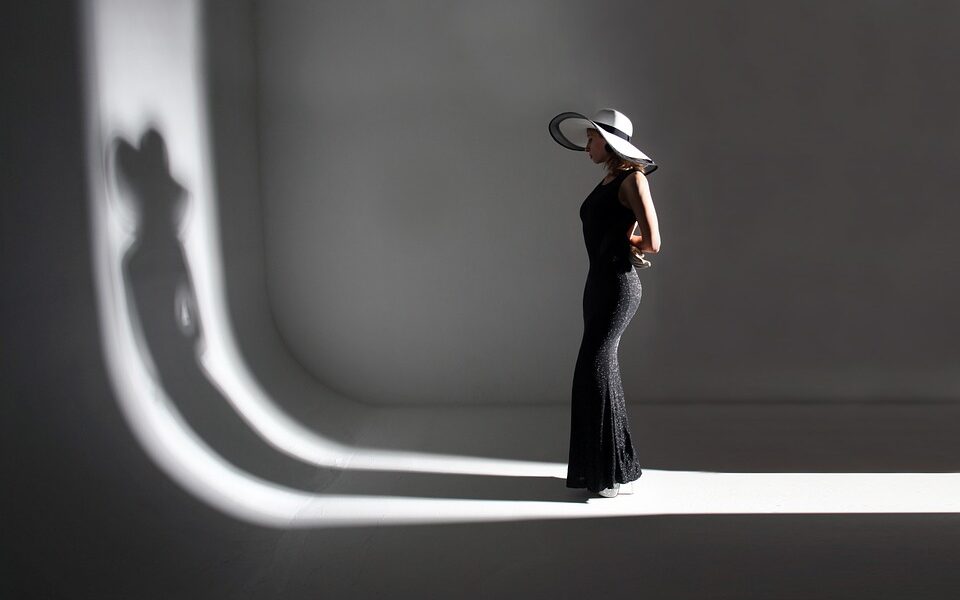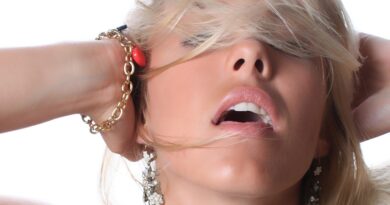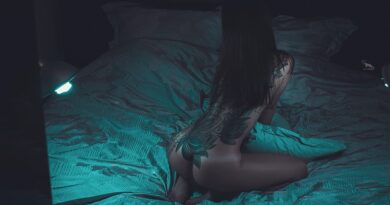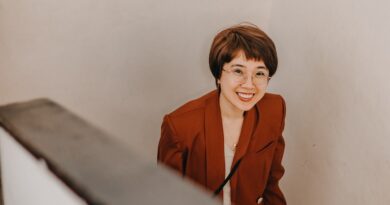The Impact of the 1920s on Modern American Women’s Fashion
The 1920s were a time of great change and transformation for women in America, and this period had a profound impact on modern American women’s fashion.
The decade was characterized by a move away from the restrictive and conservative styles of the previous era, with women embracing more liberated clothing choices that allowed them greater freedom of movement and expression. This dramatic shift was reflected in the fashion trends of the time, which emphasized a more masculine, androgynous silhouette that eschewed traditional notions of femininity.
One of the most iconic fashion trends of the 1920s was the flapper style, which embodied the spirit of the era with its daring, avant-garde designs. Flapper dresses were typically short, sleeveless and straight, with dropped waists and loose, flowing skirts that allowed for ease of movement. They were often made from lightweight fabrics such as chiffon or silk to lend them an ethereal quality, and were adorned with fringe, sequins, and other embellishments to add a touch of glamour.
The flapper style marked a departure from the more restrictive fashions of the past, and women embraced it as a symbol of their newfound freedom and independence. It was a style that was embraced by women of all ages and social classes, with Hollywood stars like Clara Bow and Louise Brooks bringing it to greater prominence and popularity.
Another trend that emerged during the 1920s was the adoption of more masculine styles by women. This was exemplified by the popularity of the “garconne” look, which featured boyish haircuts, flat chests, and tailored suits that were often worn with fedoras or cloche hats. The garconne style was a stark contrast to the hourglass figures and frilly dresses of the past, and it represented a desire among women to be taken more seriously in the workplace and beyond.
Overall, the 1920s had a profound impact on modern American women’s fashion, and its influence can still be seen today. The flapper style and other trendsetting fashions of the era reflected a shifting cultural landscape that embraced freedom, individuality, and equality, values that continue to be central to contemporary fashion and society.









